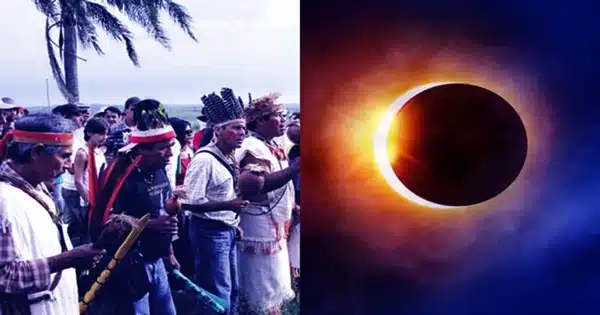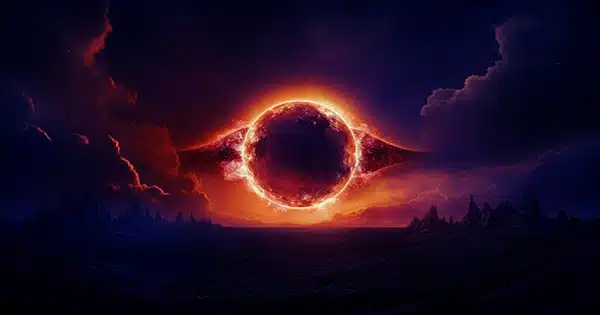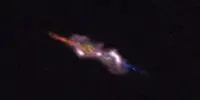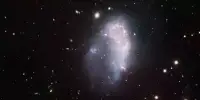It’s time to put on your eclipse glasses and (safely) gaze up into the sky. An annular eclipse of the Sun will be seen by millions of people across the Americas on October 14. This occurs when the Moon is approaching its apogee, or farthest point from Earth, during a total solar eclipse. The Moon appears smaller than usual and is unable to cover the entire solar disk, producing the famous “ring of fire” effect.
The ring of fire will be seen in a limited route that runs from Oregon through Texas, to Yucatán, the southernmost region of Central America, and then south to Brazil. Even if you are not in the path of annularity, a partial solar eclipse will be seen. Many individuals will be able to see the Moon hide a portion of the Sun from the western United States all the way south.

What time is the annular solar eclipse?
The partial eclipse will begin at 11:03 a.m. EDT (3:03 p.m. UTC) on the West Coast of the United States. The “ring of fire” will be visible in Oregan around 9:13 a.m. PT (12:13 p.m. EDT/4:13 p.m. UTC), lasting three minutes and 55 seconds.
It will begin at 11:41 a.m. CDT (4:41 p.m. UTC) and terminate at 12 p.m. CDT, passing across seven states before arriving in Texas.
The orbit of the Moon around the Earth is slightly inclined in comparison to the Earth’s orbit around the Sun. Eclipses occur when the three bodies are aligned on the same line, a phenomenon known as syzygy. This occurs a few times a year but in cycles.
When the Sun is totally obscured by a total solar eclipse, you can safely observe the spectacle with your eyes. However, do not attempt this during an annular or partial eclipse. Looking directly at the Sun, even if it is partially obscured by the Moon, can cause severe eye strain and potentially burn your retina. Some of these visual impairments may be transient, but some have the potential to become permanent.
How to safely watch the annular solar eclipse: Please be cautious and wear appropriate solar glasses, which block 99.7 percent of visible light from the Sun as well as other wavelengths.
You can even watch the eclipse indirectly by using a pinhole camera or even using a disco ball. If you’re looking at the eclipse using a telescope, binoculars, or camera, make sure to use filters, especially if you’re using lenses that could shoot light directly into your eyes. When it comes to witnessing this stunning occurrence, use caution.
NASA has you covered if you are not in the path of annularity or even where the partial eclipse will be visible. From 11:30 a.m. to 1:15 p.m. EDT, NASA TV on YouTube, as well as its website and social media, will broadcast live coverage of the cosmic alignment.
And if you miss this one, the United States will be treated to another solar eclipse in just six months. A total solar eclipse will be observed from Mexico to Canada on April 8, 2024, spanning the United States from Texas to Maine.















